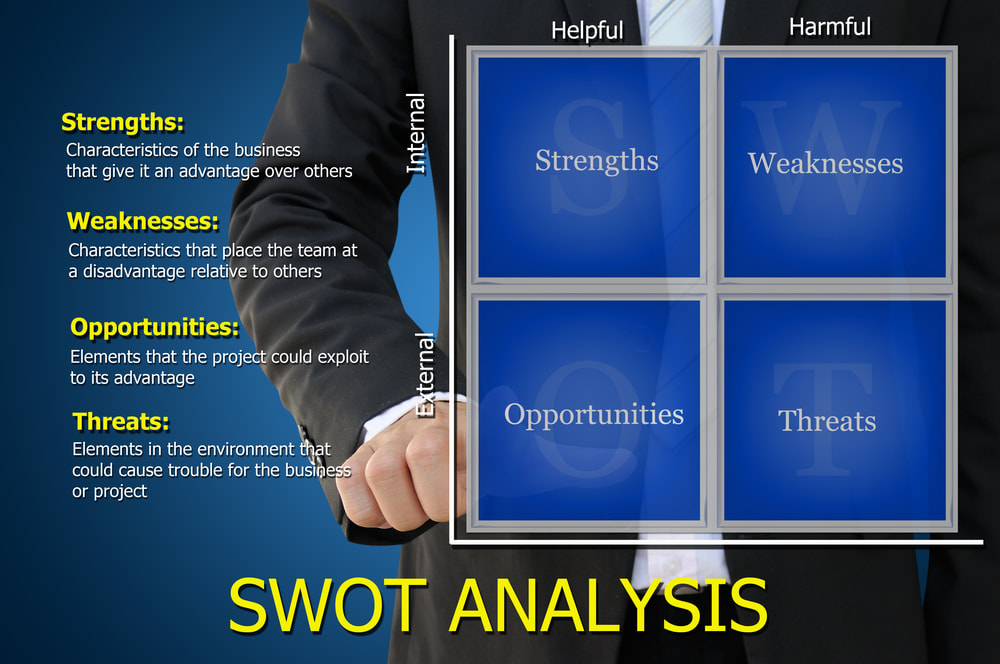SWOT Analysis Framework in Business Strategy10/12/2018
A SWOT analysis is an analytical framework that documents an organisation’s strengths, weaknesses, opportunities and threats.
These insights would allow organisations to devise relevant strategies to remain competitive in the marketplace. They may also be used to align a company’s operations with its current strategies. Components of a SWOT Analysis
|
Join Our Mailing List
Receive fresh insights about finance, HR and strategic planning.
Contact UsBusiness Intelligence and 8nalytics Pte Ltd © 2021
Email
admin@8nalytics.com Location 190 Middle Road #16-08 Fortune Centre Singapore 188979 Phone +65 6255 5101 +65 9655 8948 |
Sitemap |

